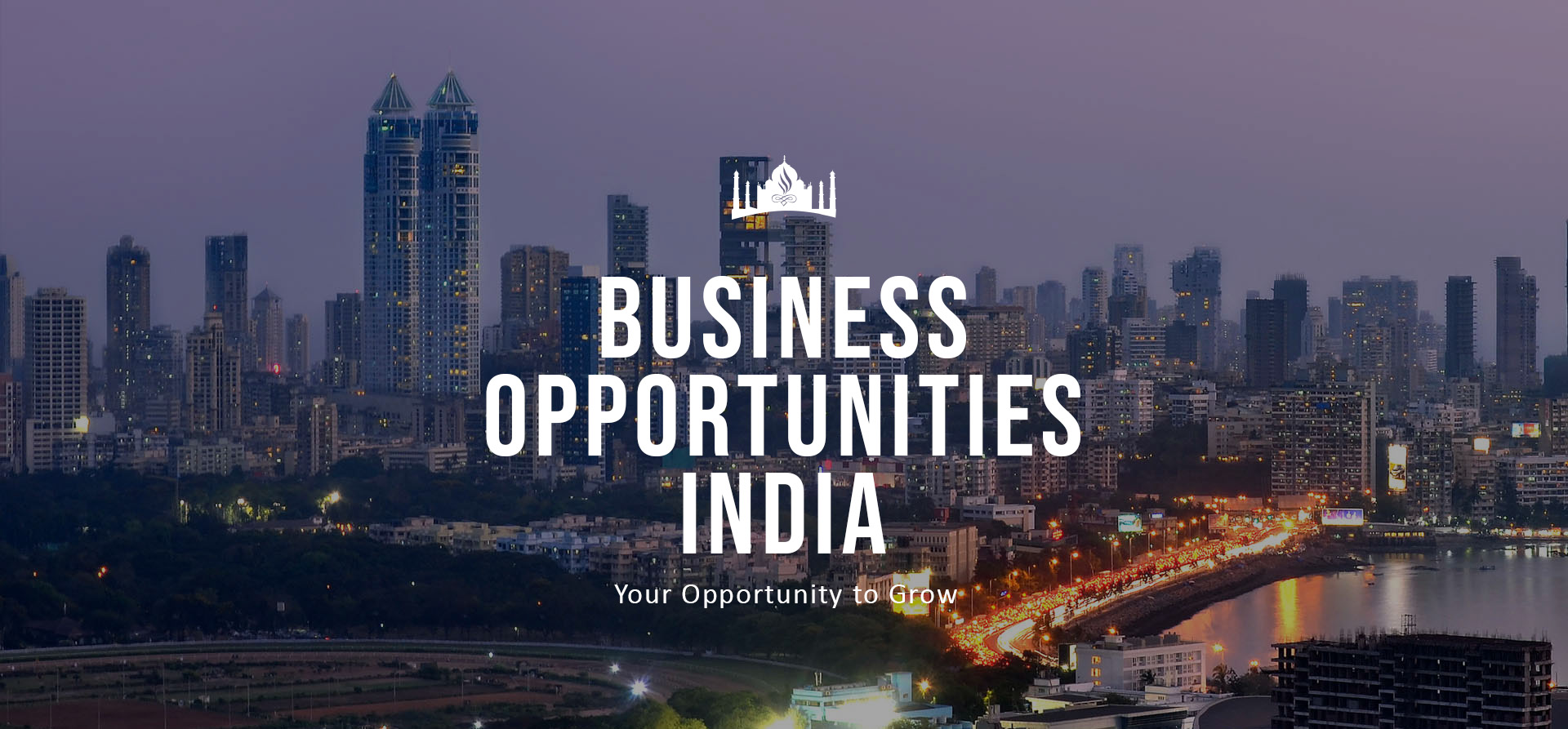From Dental Startup to Success: A Guide to Building and Growing Your Practice
Starting a dental practice can be one of the most rewarding, yet challenging, endeavors for a dental professional. Navigating the initial stages of setup, patient acquisition, and operational management requires foresight, patience, and strategy. This guide will provide essential steps for building and growing your dental practice, whether you aim to start a general clinic or a specialized cosmetic dental clinic.
Step 1: Develop a Comprehensive Business Plan
The first step in building and growing your dental practice is crafting a well-thought-out business plan. This document will act as a roadmap for every aspect of your clinic, from financial planning to patient acquisition. For a cosmetic dental clinic, in particular, your plan should account for higher equipment costs and tailored marketing strategies.
Key Elements of a Business Plan Include:
– Mission and Vision: Define what you want to achieve with your practice.
– Financial Projections: Include estimated expenses, expected revenue, and cash flow projections.
– Market Analysis: Research local competition, demand for services, and target demographics.
– Marketing Strategy: Outline your approach to reaching potential patients and building a reputation.
Having a solid business plan helps secure funding, guides decisions, and ensures that you stay on track during the critical early years.
Step 2: Choose the Right Location
Location is crucial to the success of your dental practice. Look for an area with high visibility, easy access, and a demographic profile that fits your target patient base. If you’re setting up a cosmetic dental clinic, consider a location in a high-traffic area with clients interested in aesthetics, like business districts or near shopping centers.
Other considerations include:
– Proximity to Competition: You may want to avoid areas with multiple dental clinics, although positioning close to complementary businesses, like orthodontics or wellness centers, could be beneficial.
– Accessibility: Ensure your clinic is easy to reach and has ample parking.
– Zoning and Licensing Requirements: Familiarize yourself with local regulations before making a final decision.
Step 3: Invest in High-Quality Equipment and Technology
A successful dental practice requires modern, high-quality equipment to provide the best patient care. As the demand for cosmetic procedures grows, so does the need for advanced technologies that can improve treatment outcomes. Digital scanners, CAD/CAM systems, and 3D printing can enhance patient experience and attract more clients to a cosmetic dental clinic.
Key Equipment for a Modern Dental Practice:
– Digital X-rays and Intraoral Cameras: These tools provide accurate imaging and improve patient trust by involving them in the diagnosis process.
– CAD/CAM Systems: Especially relevant for cosmetic dentistry, these systems streamline processes like creating crowns, veneers, and bridges.
– Patient Management Software: An efficient practice management system can handle scheduling, billing, and patient records, enhancing both productivity and patient experience.
Step 4: Focus on Patient-Centric Marketing
Marketing is essential for any new business, but dental practices must prioritize patient-centric marketing to build trust and attract clients. Highlighting your specialization, especially if you run a cosmetic dental clinic, will help differentiate your practice.
Effective Marketing Channels Include:
– Website and SEO: A well-designed, SEO-optimized website can attract patients searching for services in your area.
– Social Media Marketing: Share educational content, before-and-after photos (with patient consent), and testimonials to engage potential patients.
– Local Advertising: Advertising in local newspapers, magazines, or community bulletins can increase awareness.
– Referral Program: Encourage satisfied patients to refer others to your clinic by offering discounts or other incentives.
Step 5: Build a Trustworthy and Skilled Team
A dental practice’s success is heavily reliant on the skill and professionalism of its team. Patients will not only judge your practice based on their interaction with you but also on the experience they have with your hygienists, dental assistants, and administrative staff. For a cosmetic dental clinic, patient expectations are often higher, making it crucial to hire and train a team that values quality, empathy, and professionalism.
Steps to Build a Successful Team:
– Hire Skilled Professionals: Invest in employees who are passionate, skilled, and aligned with your clinic’s mission.
– Ongoing Training: Offer continuous learning opportunities to keep your team updated on the latest advancements.
– Foster a Positive Work Culture: Encourage open communication, recognize achievements, and ensure employees feel valued.
Step 6: Provide Exceptional Patient Experience
Patient satisfaction and retention are paramount when building and growing your dental practice. A positive patient experience encourages word-of-mouth referrals and improves online reviews. For a cosmetic dental clinic, the patient journey often includes high expectations for comfort and personalization.
Ways to Enhance Patient Experience:
– Transparent Communication: Explain procedures, costs, and expected outcomes to alleviate patient concerns.
– Comfortable Waiting Areas: Make your waiting area relaxing with comfortable seating, soothing colors, and entertainment options.
– Personalized Follow-ups: After significant procedures, such as implants or cosmetic treatments, follow up with a call to check on patient recovery.
Step 7: Continuously Monitor and Improve Your Practice
Building and growing your dental practice is an ongoing process. Regularly assess the effectiveness of your strategies, patient feedback, and financial performance to identify areas for improvement. Use surveys to gather patient opinions and assess service quality, and look for trends in patient complaints or suggestions to better tailor your approach.
Key Performance Indicators (KPIs) to Monitor:
– Patient Retention Rate: Track how many patients return for follow-up appointments or regular checkups.
– Revenue Growth: Monitor monthly and yearly revenue growth to evaluate financial health.
– New Patient Acquisition: Assess how effective your marketing strategies are in bringing new patients to your practice.
Step 8: Embrace Continuous Education and Industry Trends
The dental industry evolves rapidly, and staying current with the latest treatments, technologies, and best practices is essential. This is particularly true for a cosmetic dental clinic, where patients expect cutting-edge options and treatments.
Attend industry conferences, participate in online courses, and join professional networks to learn about advancements and apply these to your practice. Staying informed on trends and innovations not only boosts your credibility but can also attract new patients looking for the latest in cosmetic and general dental care.
Building and growing your dental practice takes effort, resilience, and a commitment to delivering exceptional patient care. By focusing on a solid business plan, quality equipment, patient-centric marketing, a skilled team, and ongoing improvement, you can take your dental practice from startup to success. Whether you’re running a general or cosmetic dental clinic, prioritizing patient experience, embracing technology, and adapting to industry changes will ensure your practice thrives in the competitive dental industry.









 Much of the Indian business law is based on the English common law. As a matter of fact, various legislations introduced by the Brits are still being enforced in a modified form until now. The country’s legal history can be traced
Much of the Indian business law is based on the English common law. As a matter of fact, various legislations introduced by the Brits are still being enforced in a modified form until now. The country’s legal history can be traced 



